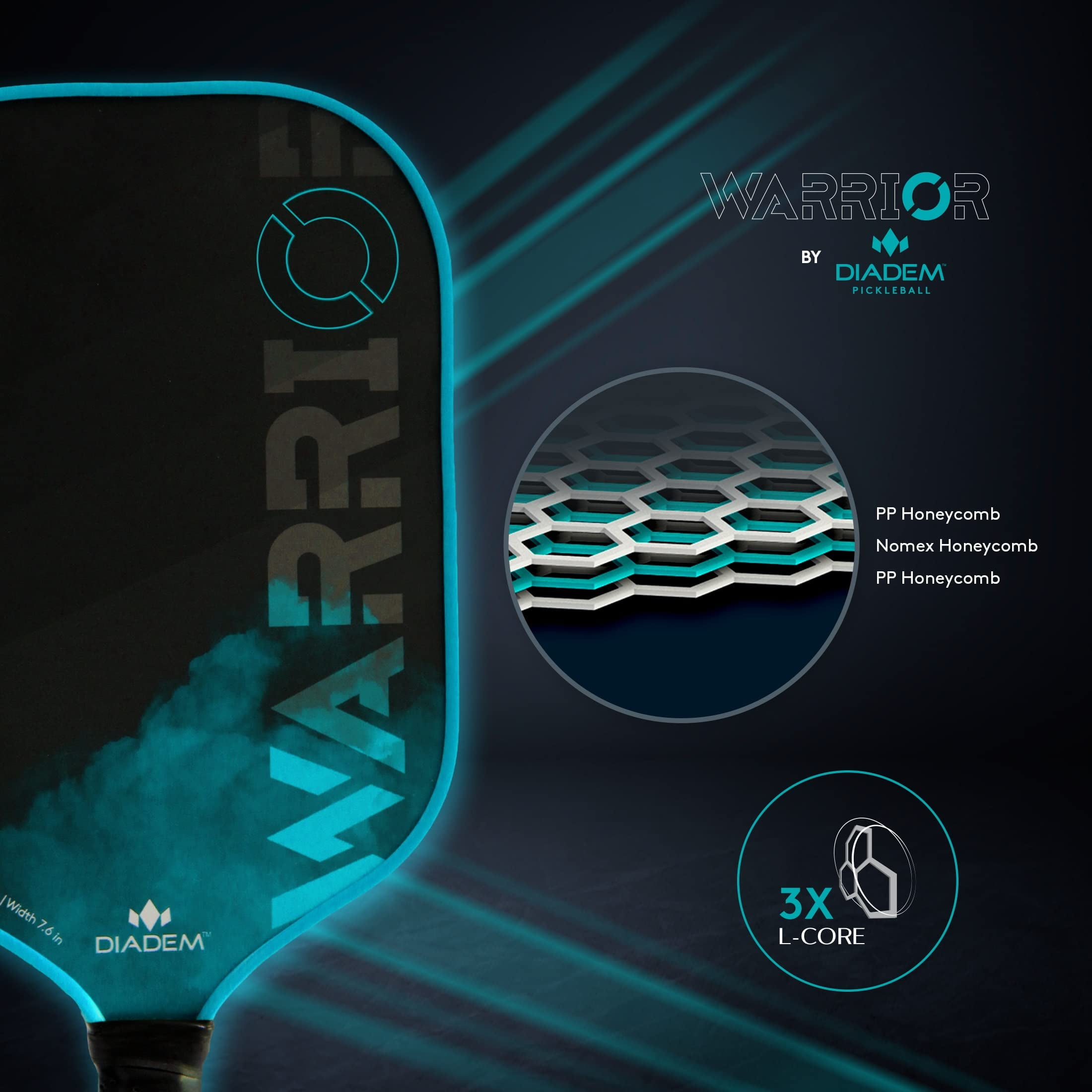

Also, it can easily collect large amounts of an alloy made from copper (Cu) and type 304 stainless steel to form a composite. Activated graphite is a scavenger of manganese (Mn), and can be intercalated with magnesium (Mg).
REACTIVITY OF CARBON SERIES
The defluorination product of CFX, tentatively called activated graphite, has the composition and molecular structure of graphite, but is chemically more reactive. It is useful to place carbon and hydrogen into the reactivity series because these elements can be used to extract metals. It appears to embody both thermodynamic factors and kinetic factorsi.e. Heating these fragile fibers to 1100 C in N2 caused further structural damage, whereas heating to 150 C in bromoform (CHBr3) and then to 1100 C in N2 healed the structural defects. Reactivity is a somewhat vague concept in chemistry. Furthermore, defluorination of the CF 0.68 fibers in bromine (Br2) produced fragile, structurally damaged carbon fibers. Conversely, a sulfur-doped, visibly soft carbon fiber was produced by defluorinating CF 0.9 fibers, made from P-25, in sulfur (S) vapor at 370 C and then heating to 660 C in nitrogen (N2). For example, CF 0.68 fibers, made from P-100 carbon fibers, can be defluorinated in BrH2C-CH = CH-CH2Br (1,4-dibromo-2butene) heated to 370 C, and graphitized to produce fibers with an unusually high modulus and a graphite layer structure that is healed and cross-linked. This biocarbon has a high surface area and content of catalytic inorganic elements, which favour the Boudouard reaction and consumes fixed carbon. This is a new and possibly inexpensive process to produce new carbon-based materials. At higher temperatures, carbon reacts with oxygen to form carbon oxides and with metals to form metal carbides. It does not react with sulphuric acid(H2SO4), hydrochloric acid(HCl), chlorine(Cl), or any alkali metals. However, copper can be extracted using carbon or hydrogen.Formation and chemical reactivity of carbon fibers prepared by defluorination of graphite fluoride Defluorination of graphite fluoride (CFX) by heating to temperatures of 250 to 450 C in chemically reactive environments was studied. Carbon resists oxidation under standard conditions of temperature and pressure. Note that zinc and iron can be displaced from their oxides using carbon but not using hydrogen. Here is the reactivity series including carbon and hydrogen: It is useful to place carbon and hydrogen into the reactivity series because these elements can be used to extract metals. When this layer is removed, the observations are more reliable. This is because its protective aluminium oxide layer makes it appear to be less reactive than it really is. Note that aluminium can be difficult to place in the correct position in the reactivity series during these experiments. The quicker the fizzing, the more reactive the metal. The speed at which hydrogen bubbles are produced tells us how reactive a metal is with acid. The tables show how the elements react with water and dilute acids: Element Observations of the way that these elements react with water, acids and steam enable us to put them into this series. For example: P eople S ay L ittle C hildren M ake A Z ebra I ll C onstantly S niffing G iraffes.

The reactivity series of metalsĪ good way to remember the order of a reactivity series of metals is to use the first letter of each one to make up a silly sentence. More reactive metals have a greater tendency to lose electrons and form positive ions. Graphene-based structures have been widely reported as promising metal-free catalysts for nitrogen reduction reaction. In a reactivity series, the most reactive element is placed at the top and the least reactive element at the bottom.


 0 kommentar(er)
0 kommentar(er)
